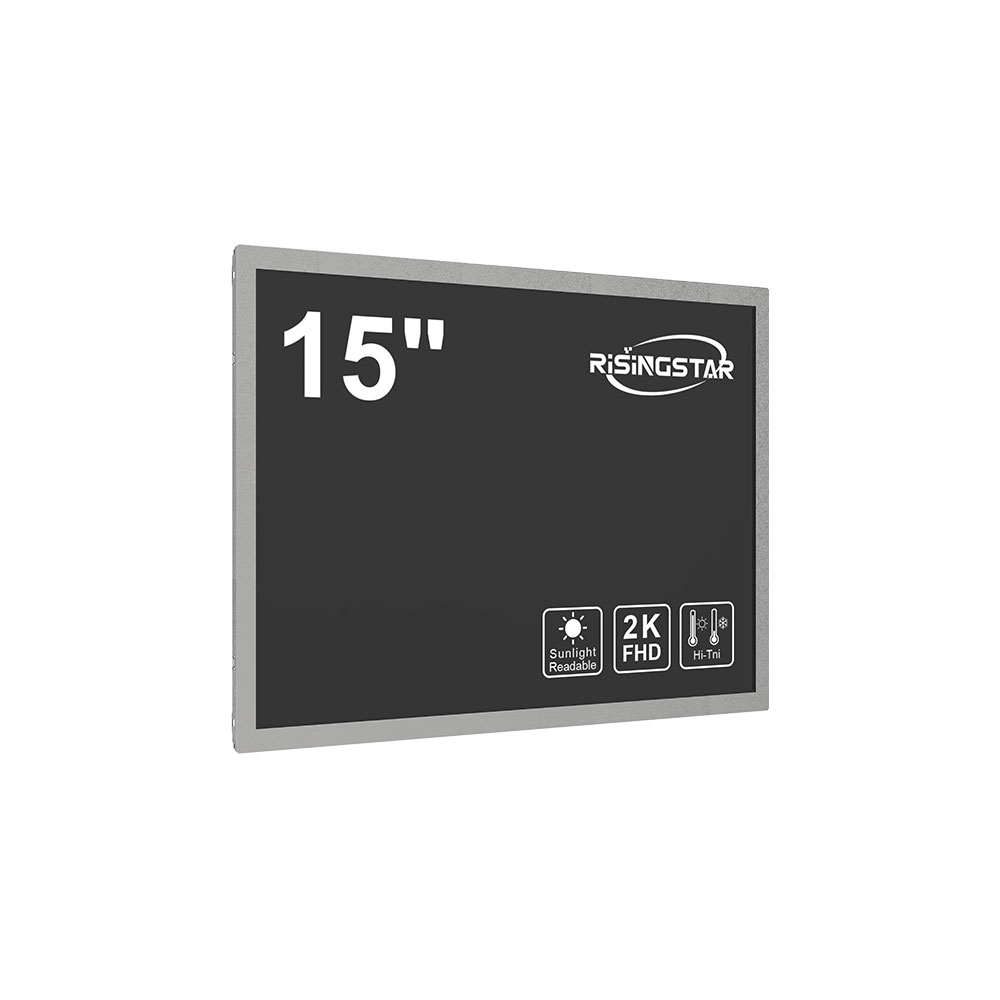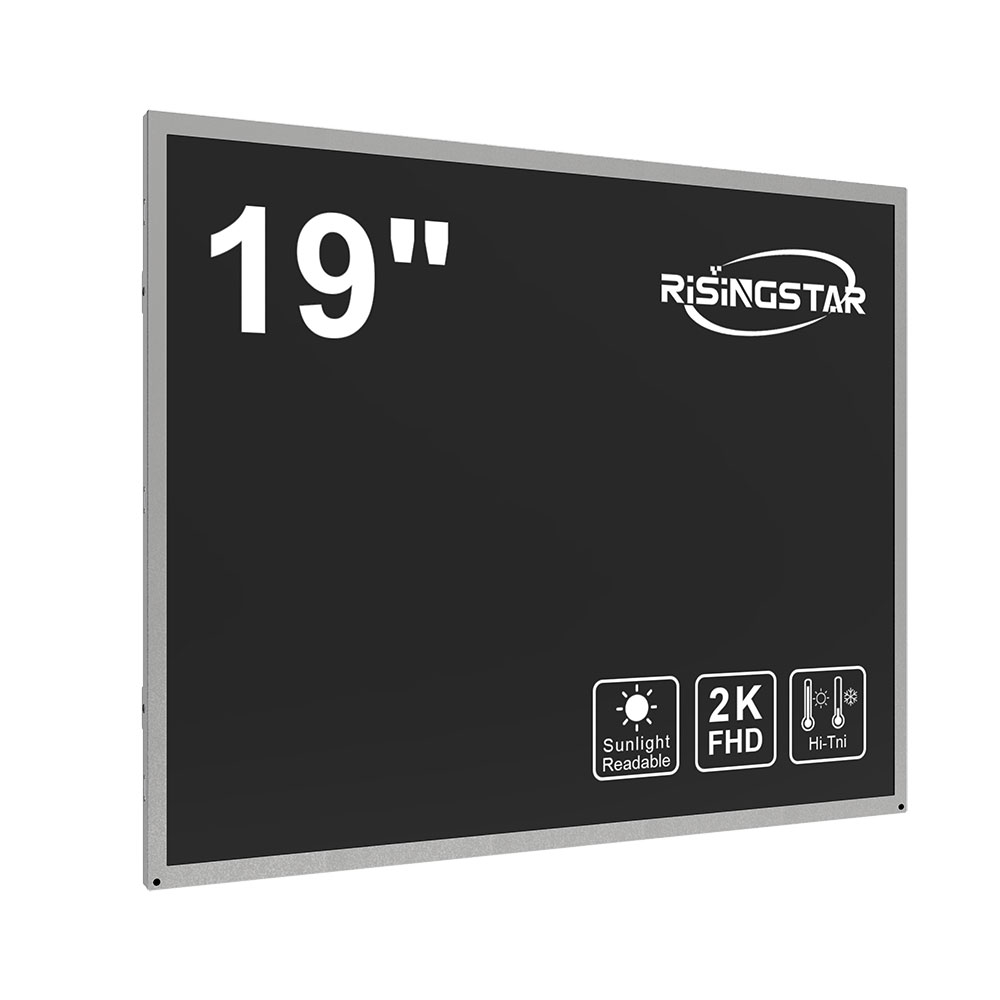
Privacy statement: Your privacy is very important to Us. Our company promises not to disclose your personal information to any external company without your explicit permission.
When selecting an outdoor LCD screen for commercial or public use, several critical factors must be evaluated to ensure both performance and longevity. First and foremost is brightness—outdoor screens must exceed 5,000 nits to remain visible under direct sunlight, as per the International Commission on Illumination (CIE) standards. This level of luminance compensates for ambient light interference and ensures content remains sharp and readable even in extreme conditions.
Next, consider environmental resilience. A high-quality outdoor LCD should meet at least IP65 or IP66 ratings for dust and water resistance, especially in regions with frequent rain, humidity, or sandstorms. The enclosure must also be constructed from corrosion-resistant materials such as aluminum alloy or stainless steel to withstand UV exposure and temperature fluctuations between -30°C and +60°C, which are common in diverse climates like Dubai, Alaska, or Singapore.

Thermal management is another essential design consideration. Industrial-grade outdoor displays often feature passive cooling systems using heat sinks and convection airflow, avoiding noisy fans that can fail in harsh environments. Some manufacturers integrate smart thermal sensors that automatically reduce power consumption when temperatures rise, preventing overheating and extending display life.

Additionally, viewing angle and resolution matter for user engagement. For wide-angle visibility, a screen with a horizontal viewing angle of at least 178° is ideal, particularly for digital signage in crowded areas like malls or transit stations. Resolution should match the intended application—4K UHD is recommended for advertising, while 1080p may suffice for basic information displays.
Finally, reliability and support matter. Look for certified products (e.g., CE, FCC, RoHS) and choose vendors offering remote diagnostics, firmware updates, and extended warranties. Real-world case studies—such as the deployment of outdoor LED-LCD hybrid screens in Times Square or Tokyo’s Shibuya Crossing—show that proper selection reduces maintenance costs by up to 40% over five years.
By focusing on brightness, environmental protection, thermal efficiency, visual clarity, and vendor credibility, organizations can deploy outdoor LCD screens that deliver consistent performance, minimal downtime, and long-term cost savings across global markets.
Email to this supplier

Privacy statement: Your privacy is very important to Us. Our company promises not to disclose your personal information to any external company without your explicit permission.